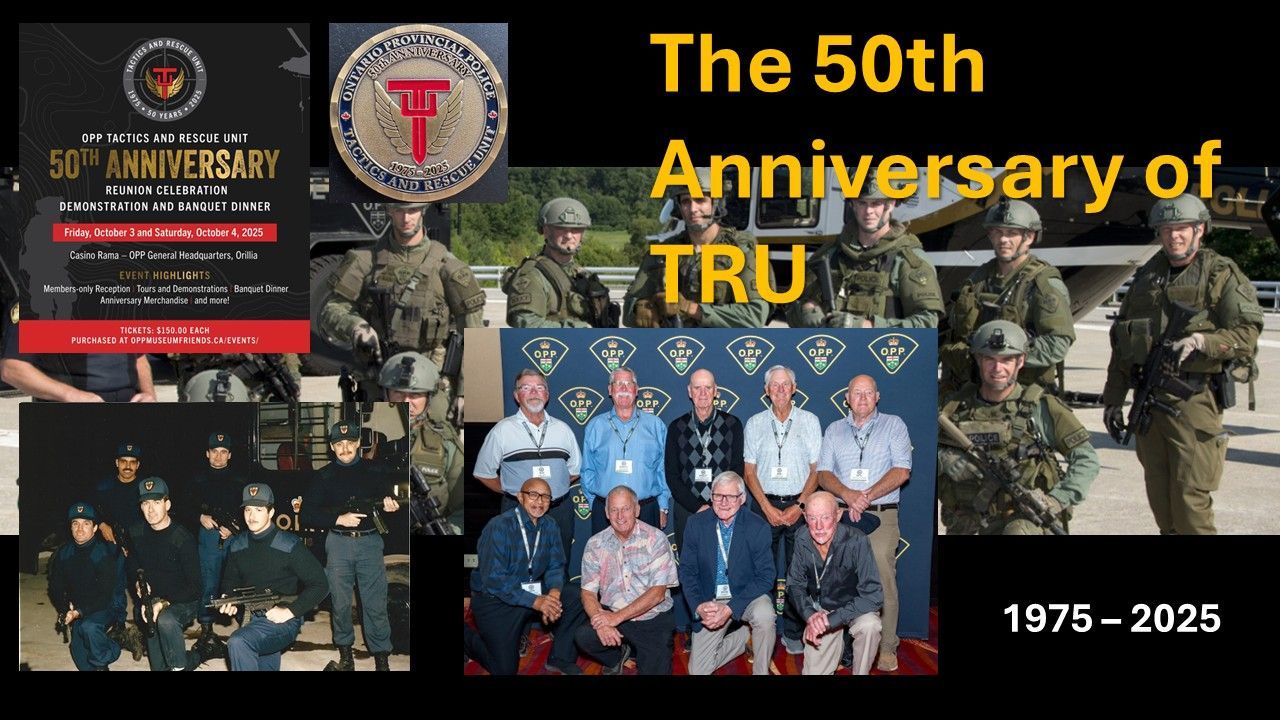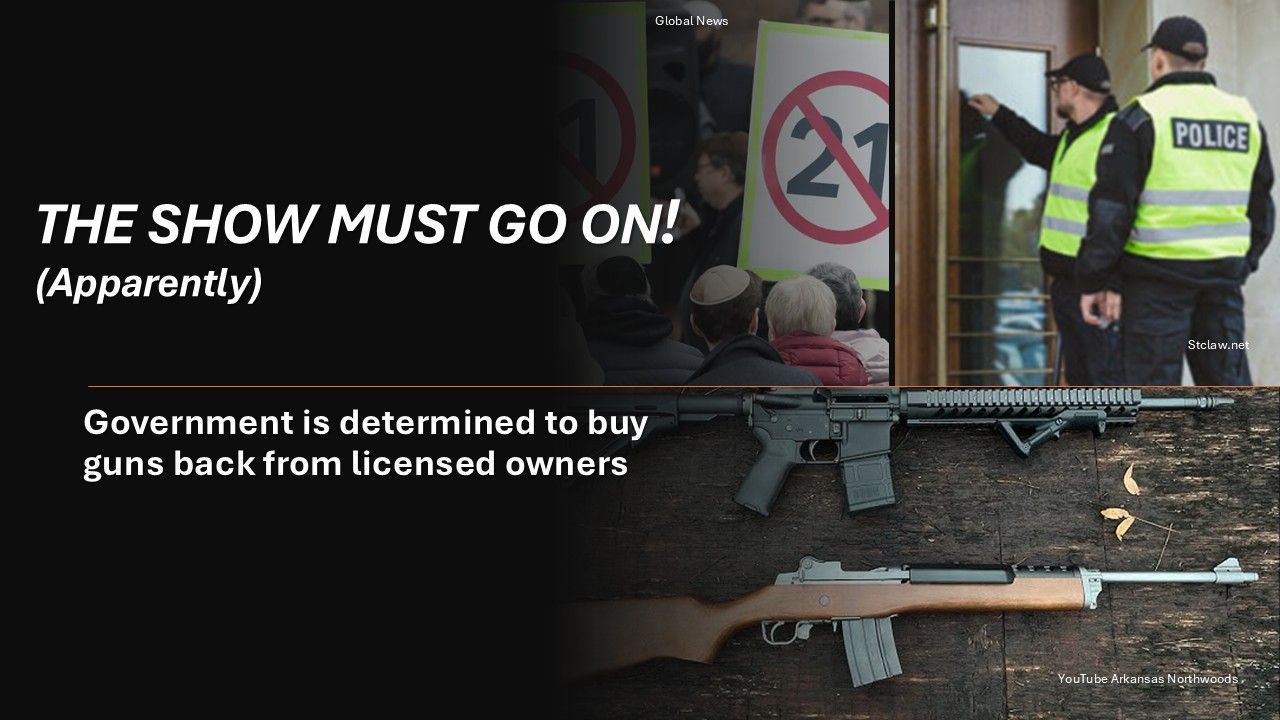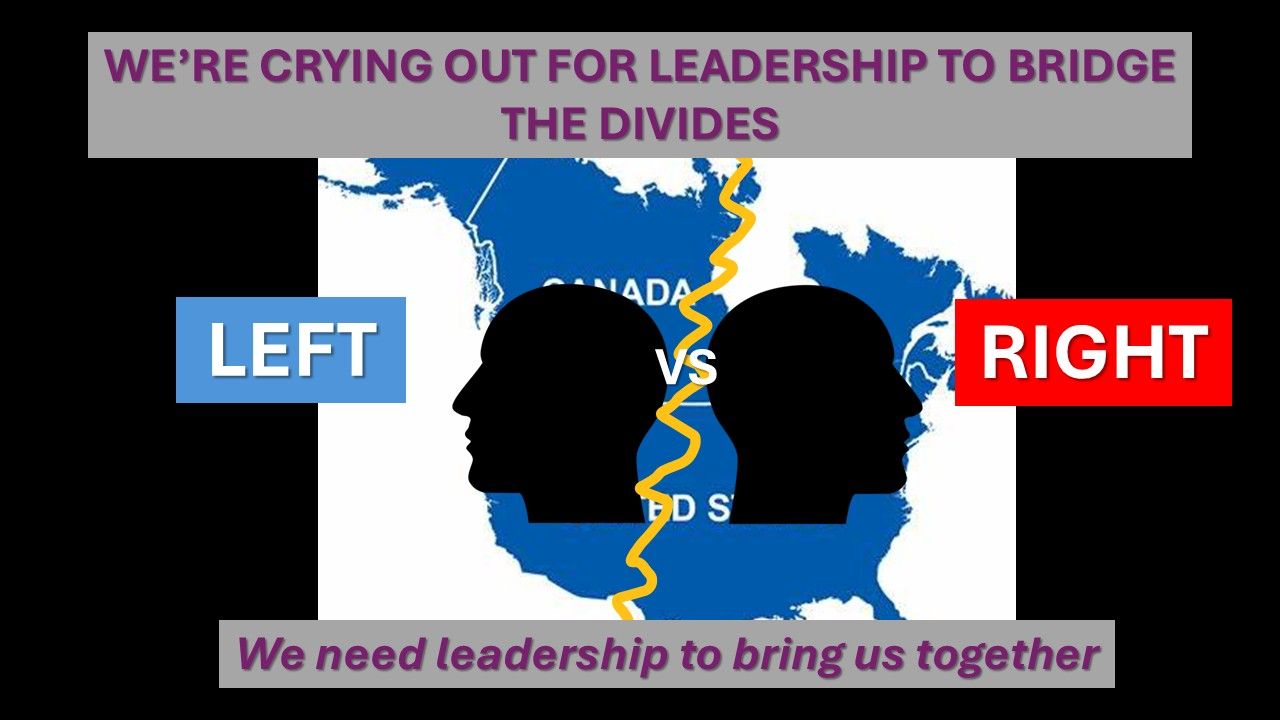New Paragraph
Photo by Arlyn McAdorey/The Canadian Press
At their Annual General Meeting in Halifax last month, the Canadian Chiefs of Police Association adopted a resolution, “calling on all levels of government – federal, provincial and municipal – to acknowledge and address the unsustainable demand on police services” caused by the current protest environment in Canada. I totally support that call and suggest that Canadian laws also need to be modified to reflect current protest realities.
The days of the occasional labour protest (or strike); the odd anti-logging protest and the sporadic morality demonstration at abortion clinics, are long forgotten. Protracted First Nations protests started in the 1990’s – largely based on outstanding land claims and indigenous rights, became more volatile over time and resulted in lives lost in some cases and complete shutdowns of transportation hubs in several others. Many linked and very disruptive protest trends followed, like the “Occupy” movement, “Black Lives Matter” and the so-called “Freedom Convoy” in Ottawa, Toronto, Windsor and Coutts, Alberta simultaneously. More recently, often extremely unstable Pro-Palestinian demonstrations have impacted most major cities in Canada. The emotions in these events run particularly high as the deadly Israel-Hamas conflict continues.
All levels of government have been impacted by the immense drain on police resources across the land. Only the largest of police services have full-time resources committed to “Public Order Units” and even they cannot keep up to the tremendous staffing pressures they are facing. The contingent of officers required must come from somewhere. They are either pulled from other areas of their jurisdiction, therefore leaving other patrols, calls and duties undone, or they are brought in on overtime. Either way it’s costly, tiring and the resource demand is unsustainable.
Police services’ approach to addressing protests is largely governed by Section 2 of the Canadian Charter and
Rights of Freedoms, which was written in 1982, and states in part:
“Everyone has the following fundamental freedoms:
(a) freedom of conscience and religion;
(b) freedom of thought, belief, opinion and expression, including freedom of the press and other media of communication;
(c) freedom of peaceful assembly; (emphasis added) and
(d) freedom of association.”
The “freedom of assembly” principle has led to the often-used expression of the “right to peaceful and lawful protest”. Does anyone really think that “peaceful” and/or “lawful” protest is what we have routinely seen across Canada in the past 25 years?
Even the most peaceful protests often violate the law on some level. Blocking traffic; impeding pedestrian movement; trespassing on university and government grounds (once told to leave), may not involve criminal offences, but often do violate municipal by-laws and provincial legislation. Then of course what starts out peaceful sometimes goes on to break criminal laws, up to and including total mayhem – like smashing business windows, assaults, burning police cars…just to name a few.
It’s one thing for police not to step in and try to remove a group of non-violent protestors who may be breaking a municipal by-law or traffic law on public property for a short period. It gets increasingly difficult to standby and give time to those blocking a highway temporarily, or when protestors enter private property like university grounds en masse for their cause. Much public criticism of the police will come regardless of how they respond, but in essence protests of that kind have been considered to be keeping with the intention of the Charter.
More recently protestors have been entering private buildings like shopping malls and sports venue property to rant and rave. That should be completely out of bounds in my view.
Large scale protests that result in the breaking of criminal laws become almost impossible for police to address without drawing police resources from across the province or country, at the same time that those other jurisdictions are facing similar challenges. Even in cases where court injunctions exist, police cannot be expected to immediately have the resources and a sound operational plan in place to remove protestors without jeopardizing officer and public safety.
In the case of the Caledonia land dispute, following months of very troublesome and at times violent actions between Six Nations protestors and police, the provincial government of the day purchased the contested property from the developer and then told Indigenous protestors that they could remain there until the land claim proceeded through the courts. (It took 15 years) The OPP then could not evict those on the land but had to try and keep non-native protestors – who were frustrated by the long-term disruptive impacts on their property, community and local traffic flow, from going on the property and physically confronting the Indigenous people there.
Sympathetic protests then erupted in or near other Ontario First Nations communities. Undoubtedly mistakes were made at times, but it was a no-win situation, and for the first time in history the OPP had to rely on several large police services to supply countless officers to support them, stretching resources in a number of jurisdictions throughout.
I don’t think the forty-two-year-old Charter of Rights considered any of these probabilities when it was drafted.
I worry that the continuation of some of these causes will continue to result in significant protest events, and that emerging issues – particularly associated to world conflicts and divisive political elements, will result in even more public/police conflicts. Each protesting group learns from tactics in past events; social media allows them to amass substantial resources; and the likelihood of volatility seems to grow each day.
A level of patience, communication and a gradual application of force in these situations will always be the preferred police approach. But governments at all levels must ensure police resources keep up with growing demands AND must develop legislation that allows for more clarity, so that both the protestors and police understand what is and isn’t acceptable in public demonstrations going forward.




